Tucked away in the heart of Rugby, North Dakota, sits a place where time stands still and history breathes through weathered wooden walls.
Prairie Village Museum isn’t just another roadside attraction along Highway 2.
This sprawling outdoor museum complex holds decades of carefully preserved prairie life, with authentic buildings and thousands of artifacts that tell the story of settlers who transformed the northern plains.
Locals speak of it with a reverence usually reserved for sacred spaces, protecting and preserving each piece as if guarding their own family heirlooms.
Step through its gates and you’ll understand why this hidden gem has become a beloved treasure worth far more than the price of admission.
Historic Buildings Transported From Across North Dakota
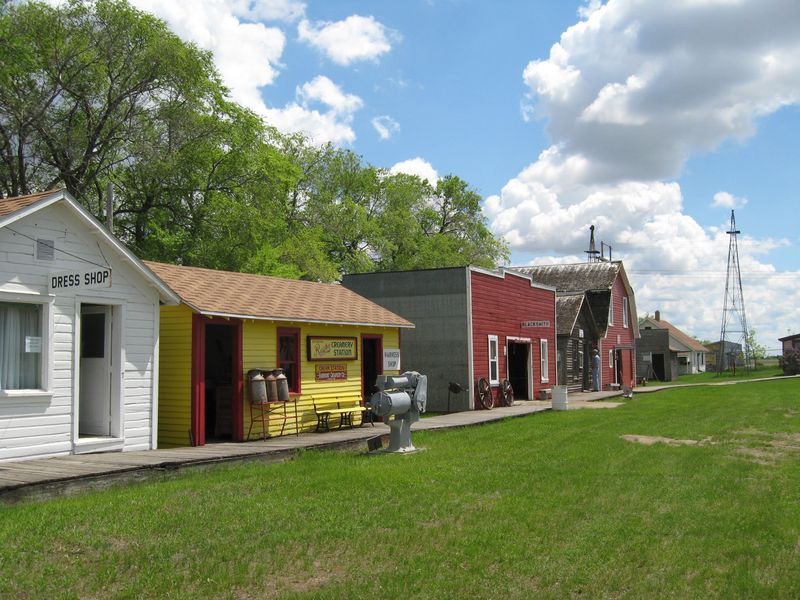
Walking through Prairie Village feels like stepping onto a movie set, except everything here is genuine.
Many of the structures you’ll explore were carefully moved from their original locations across North Dakota to preserve them for future generations.
Each building tells its own unique story of frontier life, from the challenges of harsh winters to the triumphs of community building.
You can wander through schoolhouses where children once practiced their penmanship on slate boards.
General stores still display vintage product tins on their shelves.
Homes showcase the modest furnishings families used to create warmth in an unforgiving landscape.
The self-guided tour allows you to move at your own pace, spending extra time in buildings that capture your imagination.
Most structures include informational plaques that provide context about their original purpose and the people who used them.
Plan to spend at least two to three hours exploring if you want to appreciate the full collection properly.
The Towering Clifford Thompson Statue

Before you even enter the village proper, the welcome building introduces you to one of the region’s most remarkable residents.
Clifford Thompson stood an astonishing 8 feet 3 inches tall, making him one of the tallest men in recorded history.
His statue commands attention and immediately signals that this museum celebrates the extraordinary alongside the everyday.
Thompson’s presence in the collection represents the museum’s commitment to telling diverse stories from the prairie.
Not just farming equipment and pioneer kitchens, but the individual people who made this landscape memorable.
His story adds a layer of wonder that particularly captivates younger visitors.
The statue serves as an excellent conversation starter about genetics, human diversity, and the challenges Thompson faced in a world not built for someone of his stature.
It’s these unexpected elements that transform Prairie Village from a simple history lesson into something far more engaging and thought-provoking.
Native American Artifacts and Beadwork Collections
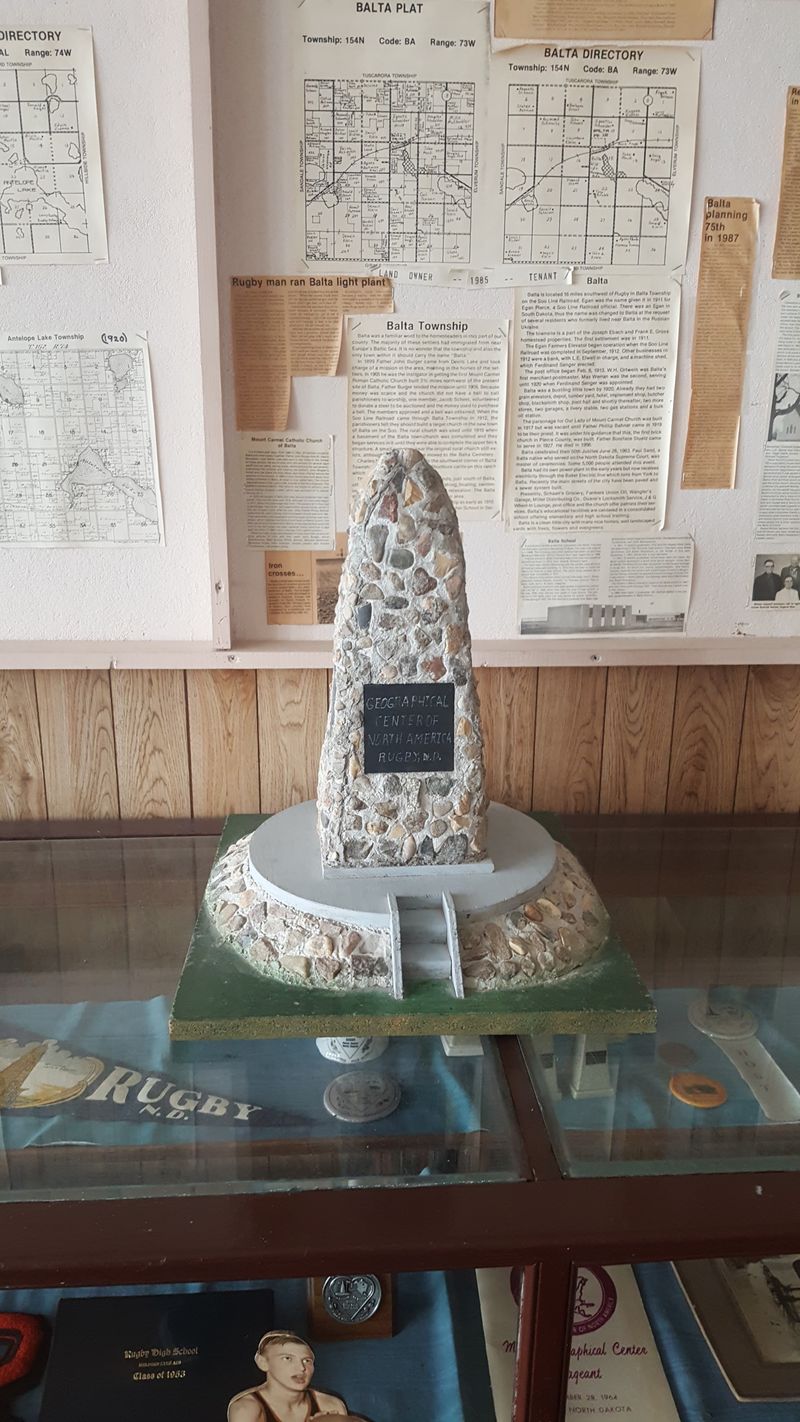
Long before European settlers arrived, indigenous peoples thrived on these northern plains for thousands of years.
Prairie Village honors this history with respectfully displayed collections of Native American artifacts.
Framed arrowhead arrangements showcase the craftsmanship and hunting skills that sustained communities through countless seasons.
The beadwork displays are particularly stunning, featuring intricate patterns that required incredible patience and artistic vision to create.
Each piece represents hours of careful work, often carrying cultural significance that transcends mere decoration.
These items weren’t just beautiful objects but expressions of identity, spirituality, and community belonging.
Viewing these collections reminds visitors that the prairie’s story didn’t begin with homesteaders claiming land in the 1800s.
The museum’s inclusion of indigenous artifacts provides important context about the region’s deeper history.
It’s a thoughtful acknowledgment that multiple cultures have called these grasslands home, each leaving their mark on the landscape.
World War I Memorial Area
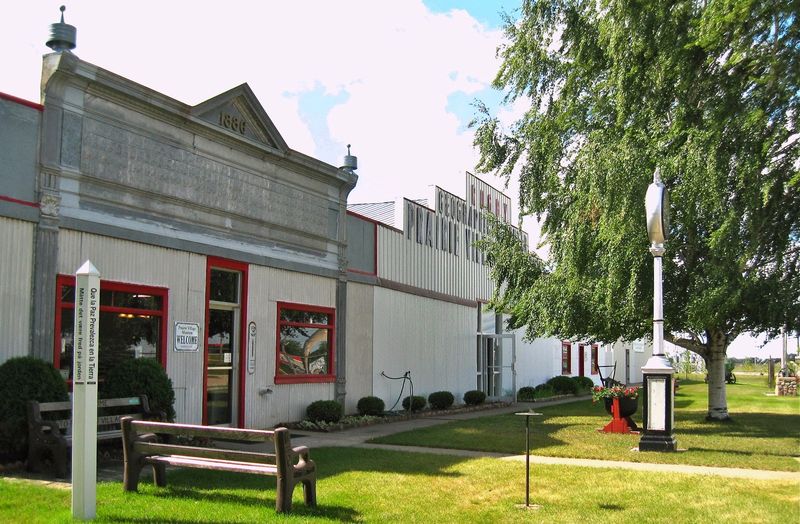
A dedicated section honors the sacrifice of local residents who served during World War I.
This thoughtfully curated area recognizes that prairie communities contributed significantly to the war effort despite their geographic distance from battlefields.
Families from North Dakota sent their sons overseas, forever changing the social fabric of small towns across the state.
The memorial includes photographs, letters, uniforms, and personal items that humanize the global conflict.
Rather than focusing solely on battles and strategy, the exhibit emphasizes individual stories and the impact on families back home.
You’ll see how the war touched even the most isolated prairie settlements.
Visitors consistently mention being moved by this section, which adds emotional depth to their museum experience.
The WWI area demonstrates that Prairie Village doesn’t shy away from difficult chapters in history.
Instead, it honors them with dignity and ensures that the contributions of ordinary people during extraordinary times aren’t forgotten by future generations.
Antique Car Collection
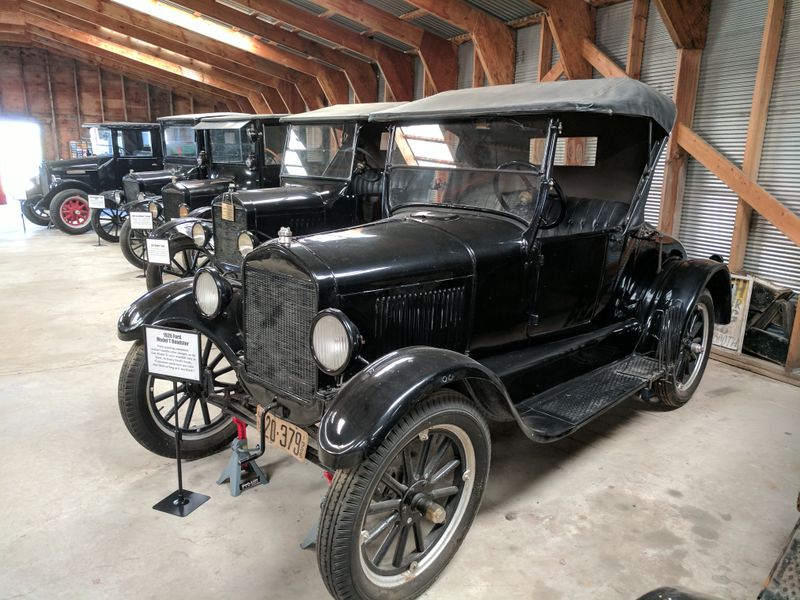
Car enthusiasts will find plenty to admire in Prairie Village’s automobile collection.
These vintage vehicles represent the evolution of transportation on the northern plains, from the first motorized carriages that replaced horse-drawn wagons to more sophisticated models from the early 20th century.
Each vehicle tells a story about innovation, mobility, and changing lifestyles.
The cars are displayed in excellent condition, many still showing original paint and interior details. Informational signs explain the make, model, and historical significance of each vehicle.
Husbands particularly appreciate this section according to visitor reviews, often spending extended time examining engines and mechanical features.
These automobiles weren’t just transportation but symbols of progress and prosperity.
Owning a car in rural North Dakota during the early 1900s meant freedom from isolation and connection to wider markets and communities.
The collection captures that transformative moment when the prairie became more accessible and less forbidding to those who called it home.
Authentic Schoolhouse with Original Furnishings
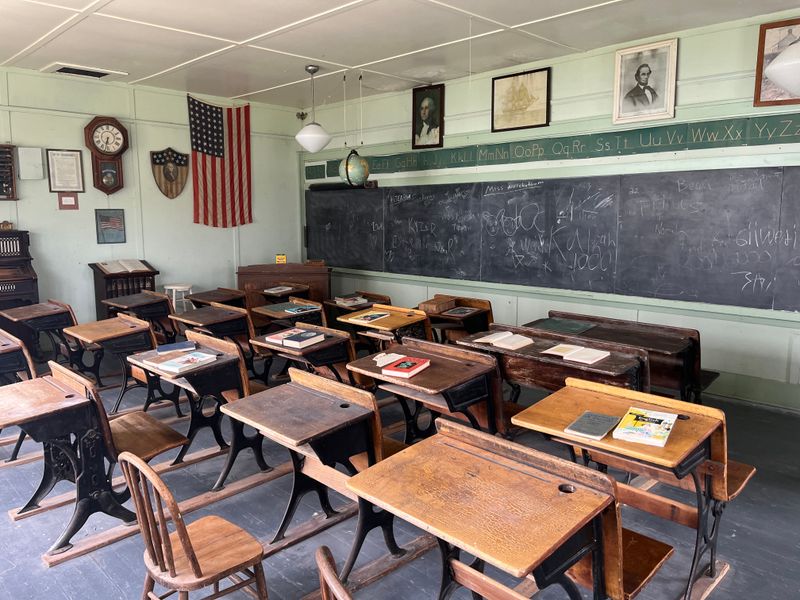
Few buildings evoke nostalgia quite like the one-room schoolhouse.
Prairie Village’s example comes complete with wooden desks arranged in neat rows, a teacher’s desk at the front, and a chalkboard still bearing faint traces of lessons past.
Slate tablets rest on desktops, waiting for students who will never return.
Education on the frontier required incredible dedication from both teachers and families.
Children often walked miles in harsh weather to attend school, and a single teacher managed students of all ages and abilities simultaneously.
The schoolhouse interior reveals the challenges and simplicities of this educational approach.
Parents visiting with children find this building particularly meaningful, as it provides tangible context for discussions about how different school was for previous generations.
Kids are often amazed by the absence of technology, computers, and even basic amenities they take for granted.
The schoolhouse becomes a powerful teaching tool about gratitude, perseverance, and the value placed on education even in difficult circumstances.
General Store Stocked with Vintage Products

Step inside the general store and you’re immediately transported to an era when this single building served as the community’s shopping center, post office, and social hub.
Shelves lined with vintage product tins showcase brands that have long disappeared or evolved beyond recognition.
The merchandise reveals what pioneer families considered essential for daily life.
Original store fixtures, including wooden counters and display cases, remain in place.
You can almost imagine the storekeeper measuring out flour or cutting fabric while customers exchanged news and gossip.
These stores were lifelines for isolated prairie families, providing not just goods but crucial connections to the outside world.
The attention to detail in the store’s presentation is remarkable.
Products are arranged as they would have been historically, creating an authentic shopping environment.
Visitors often comment on recognizing brands their grandparents mentioned or discovering products they never knew existed.
It’s a fascinating glimpse into consumer culture before modern supermarkets and online shopping transformed how we acquire everyday necessities.
Pioneer Homes Showing Daily Life Details
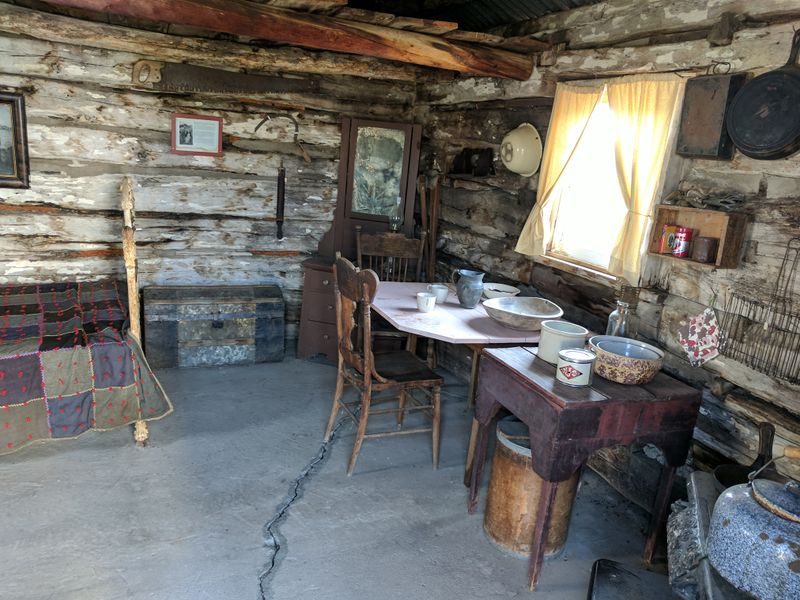
Perhaps nothing humanizes history quite like walking through someone’s home.
Prairie Village includes several residential buildings furnished with period-appropriate items that reveal the intimate details of daily life.
Wallpaper patterns, kitchen utensils, bedroom furniture, and decorative touches show how families created comfort and beauty despite limited resources.
Each home represents a different era or economic status, providing comparative context about how prairie life evolved.
Some display the sparse necessities of early homesteaders while others show the relative prosperity achieved by successful farmers in later decades.
The progression tells a story of gradual improvement and increasing stability.
Visitors often linger in these homes, examining photographs on mantels, quilts on beds, and dishes in cupboards.
These personal touches create emotional connections across generations.
You start imagining the people who lived here, their hopes and struggles, their ordinary moments and special celebrations.
The homes transform abstract historical concepts into relatable human experiences that resonate long after you leave.
Self-Guided Tour Format
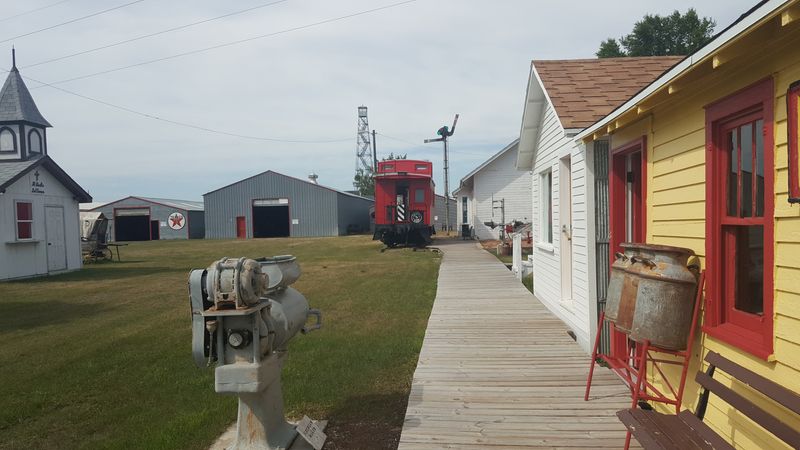
One of Prairie Village’s greatest strengths is its self-guided tour structure. You’re free to explore at your own pace without feeling rushed by scheduled tour groups or guides.
This format allows you to spend extra time in buildings that particularly interest you while moving quickly through others that don’t capture your attention.
Families with young children especially appreciate this flexibility.
Kids can run between buildings, ask questions, and engage with exhibits according to their energy levels and interests.
Older visitors enjoy the ability to rest when needed without holding up a group.
Everyone creates their own unique experience based on personal preferences.
Most buildings include informational materials that provide context and stories without requiring a tour guide’s presence.
This approach respects visitors’ intelligence while offering enough information to make the experience meaningful.
The relaxed atmosphere encourages contemplation and discovery rather than passive listening.
Multiple visitors mention spending two to three hours wandering the grounds, a testament to how engaging the self-guided format proves to be.
Extensive Artifact Collections

Beyond the buildings themselves, Prairie Village houses thousands upon thousands of individual artifacts.
Farm implements, household tools, medical equipment, musical instruments, toys, clothing, and countless other items fill display cases and rooms throughout the complex.
The sheer volume of preserved objects is staggering and represents decades of dedicated collecting.
Staff members have clearly invested tremendous effort in acquiring, cataloging, and displaying these items appropriately.
Visitors consistently comment on how extensive the collections are, often expressing surprise at the quantity and variety.
Each artifact adds another thread to the larger tapestry of prairie life, helping visitors understand the complexity and richness of the past.
What makes these collections particularly valuable is their focus on everyday objects rather than just rare or precious items.
You’ll see the actual tools people used to accomplish daily tasks, the dishes they ate from, the toys children played with.
These ordinary objects often prove more illuminating than extraordinary treasures, revealing the texture and rhythm of historical life in ways that grand artifacts cannot.
Family-Friendly for All Ages
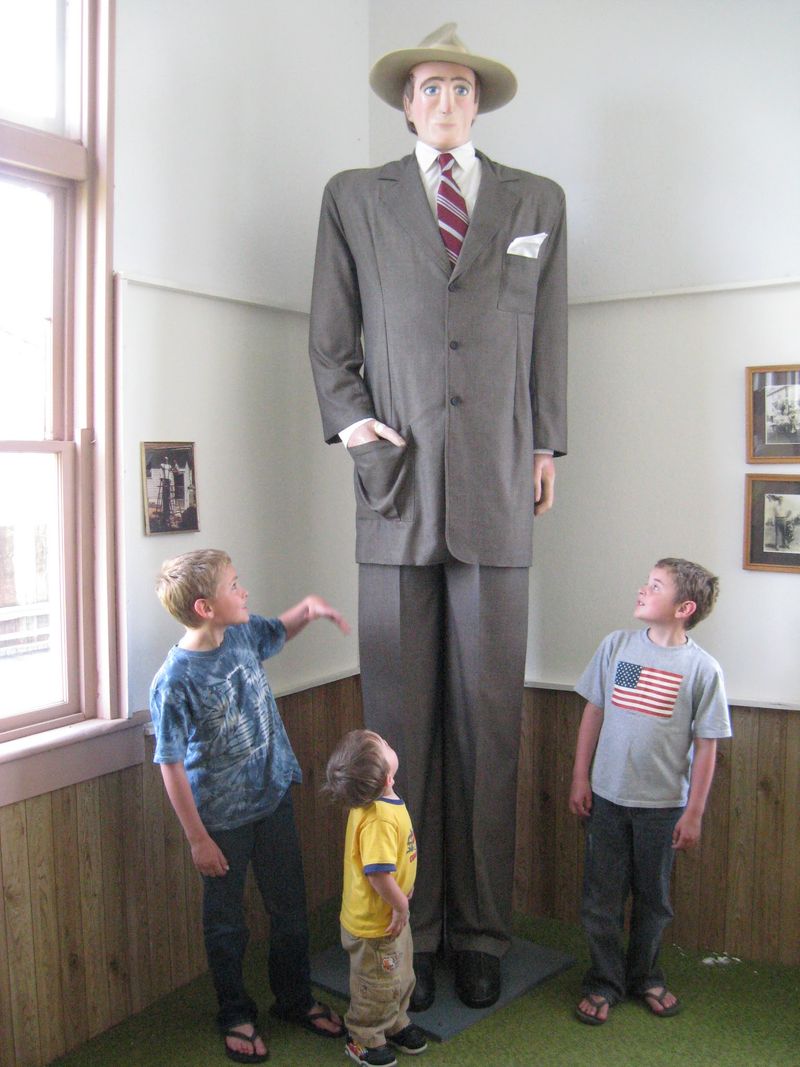
Finding attractions that genuinely engage both children and adults can be challenging, but Prairie Village succeeds across age groups.
Young kids enjoy the novelty of exploring old buildings and imagining life without modern technology.
Teenagers might connect with specific interests like vintage cars or military history. Adults appreciate the educational content and nostalgia.
Grandparents visiting with grandchildren find the museum especially meaningful.
Older visitors can share memories of using similar tools or learning in similar schoolhouses, creating intergenerational conversations that bring history alive.
Kids benefit from these personal connections, understanding that the past isn’t just abstract dates but lived experience their own family members remember.
The outdoor setting also helps keep children engaged.
Rather than being confined to a single building where they must remain quiet and still, kids can move between structures, releasing energy while learning.
This physical dimension makes the experience more accessible for young visitors with shorter attention spans.
Multiple reviewers emphasize that people of all ages will find interesting elements, making it an ideal stop for diverse groups traveling together.
Preservation of Different Occupations
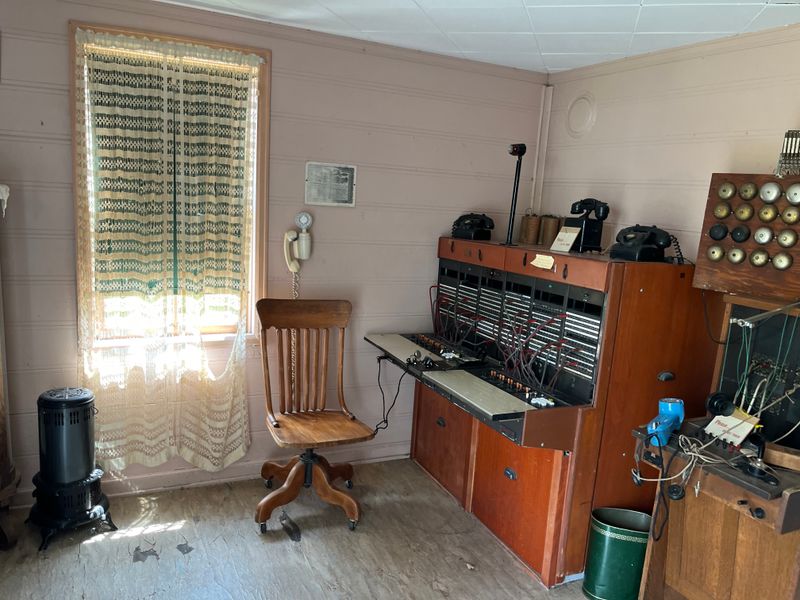
Prairie communities required diverse skilled workers beyond just farmers.
Prairie Village preserves buildings representing various occupations that kept frontier society functioning.
Blacksmith shops, printing presses, carpentry workshops, and other trade spaces show the specialized skills necessary for settlement success.
Each occupation contributed essential services to community survival.
These occupational displays help visitors understand the economic complexity of seemingly simple pioneer life.
Communities couldn’t function with farmers alone but needed craftspeople who could repair equipment, build structures, and provide specialized goods.
The interdependence of different trades created social networks and economic relationships that strengthened settlements.
Younger visitors often find these occupational buildings particularly fascinating because the work seems so different from modern jobs.
Watching a blacksmith shape metal by hand or seeing a printing press create pages letter by letter reveals the physical labor and skill behind products we now take for granted.
These displays provide perspective on how technology has transformed work while honoring the expertise of historical craftspeople who built communities with their hands and ingenuity.
Stories Accompanying Each Building
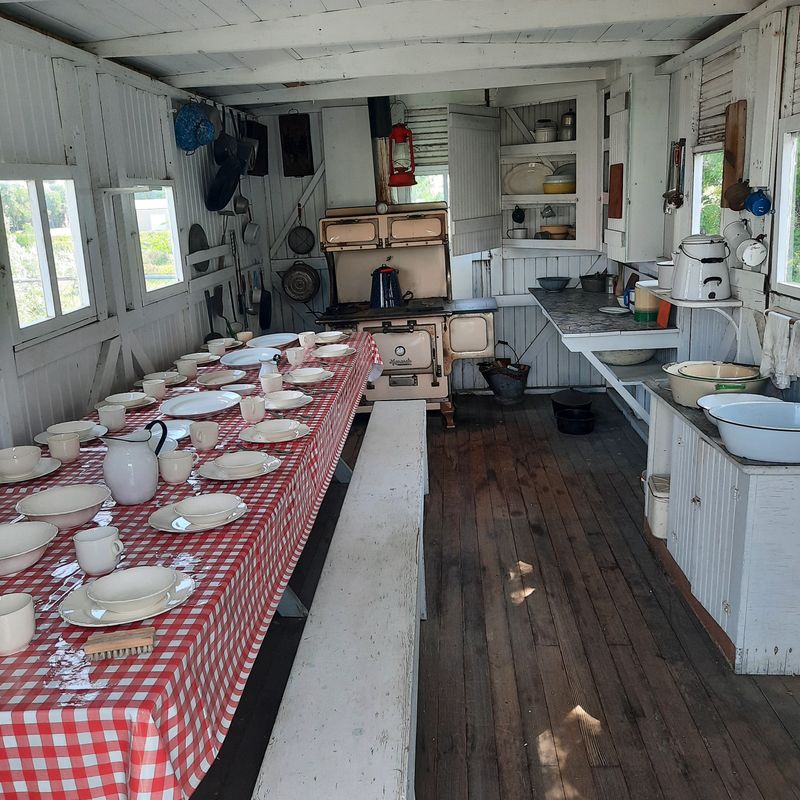
Walking through Prairie Village isn’t a silent experience even without tour guides present.
Most buildings feature plaques, signs, or printed materials that share their histories and the stories of people connected to them.
These narratives transform structures from mere objects into characters with their own journeys and significance.
Learning that a particular schoolhouse served students from several surrounding homesteads or that a home belonged to a specific pioneering family adds layers of meaning.
The stories often include details about how buildings were moved to the museum, the challenges of preservation, and interesting facts about their original locations.
This contextual information deepens appreciation for both the structures and the museum’s mission.
Visitors specifically mention reading these stories as they tour, indicating that the written materials effectively engage rather than being ignored.
The storytelling approach makes history personal and relatable rather than dry and academic.
By the time you finish touring, you’ve absorbed dozens of individual narratives that collectively paint a rich picture of prairie life across different eras and experiences.
The stories linger in memory long after specific artifacts might be forgotten.
Quiet, Relaxing Atmosphere

In our overstimulated modern world, Prairie Village offers something increasingly rare: quietness.
The museum doesn’t assault you with loud audio presentations, crowded tour groups, or overwhelming sensory input.
Instead, you experience a peaceful environment where you can think, reflect, and absorb information at a contemplative pace.
This calm atmosphere proves surprisingly therapeutic for many visitors.
Walking between historic buildings under open North Dakota skies creates space for reflection and genuine engagement with the past.
The absence of commercial noise and distraction allows the exhibits themselves to speak without competition.
Multiple reviewers specifically describe the experience as relaxing, an unexpected quality for an educational attraction.
The quietness also makes Prairie Village accessible for visitors who find typical tourist attractions overwhelming.
People with sensory sensitivities, introverts who prefer solitary exploration, and anyone seeking respite from hectic travel schedules will appreciate the museum’s gentle pace.
You leave feeling refreshed rather than exhausted, having learned without being lectured, having explored without being rushed.
It’s a rare and valuable quality that distinguishes Prairie Village from more aggressive tourist destinations.
Dear Reader: This page may contain affiliate links which may earn a commission if you click through and make a purchase. Our independent journalism is not influenced by any advertiser or commercial initiative unless it is clearly marked as sponsored content. As travel products change, please be sure to reconfirm all details and stay up to date with current events to ensure a safe and successful trip.